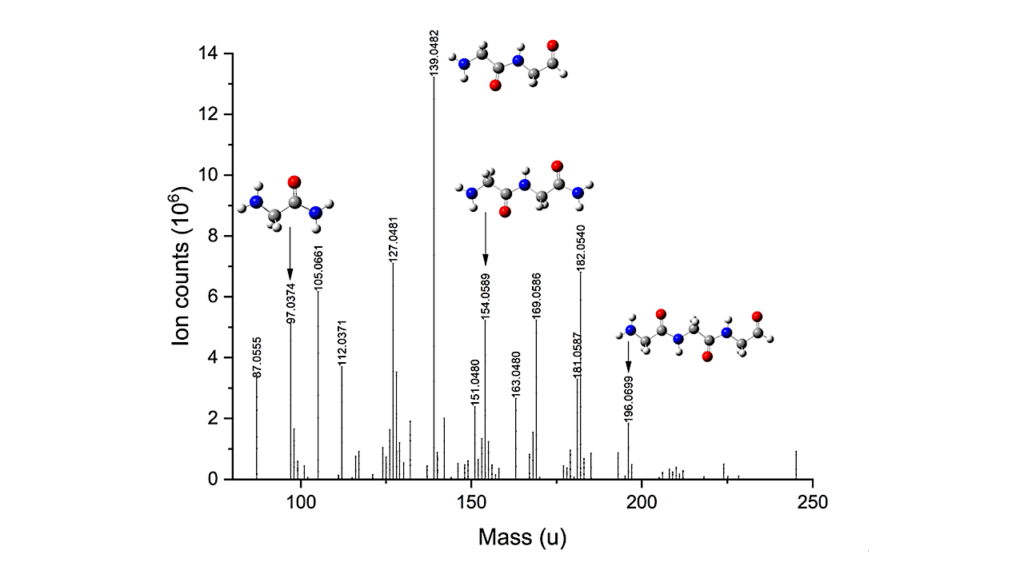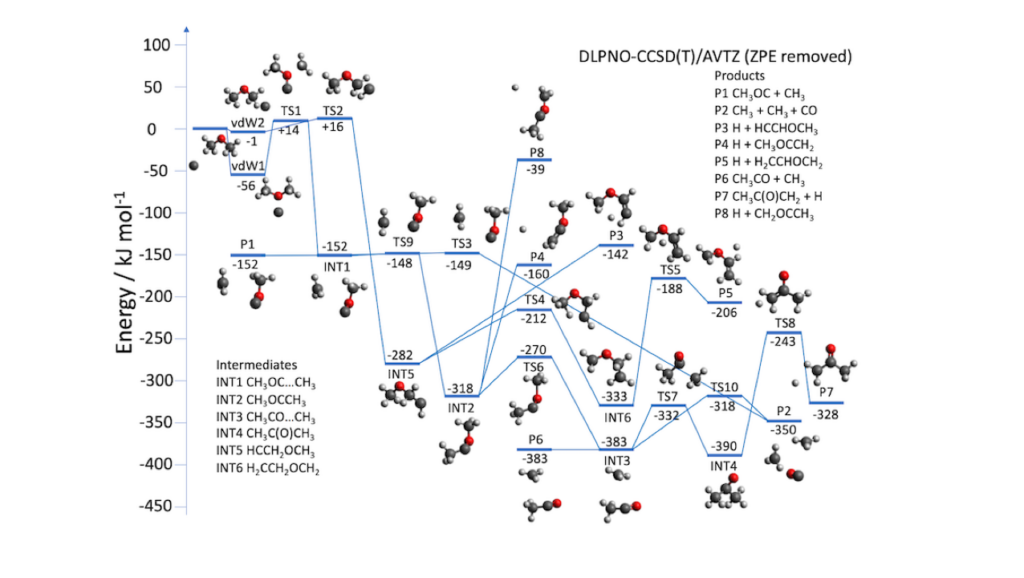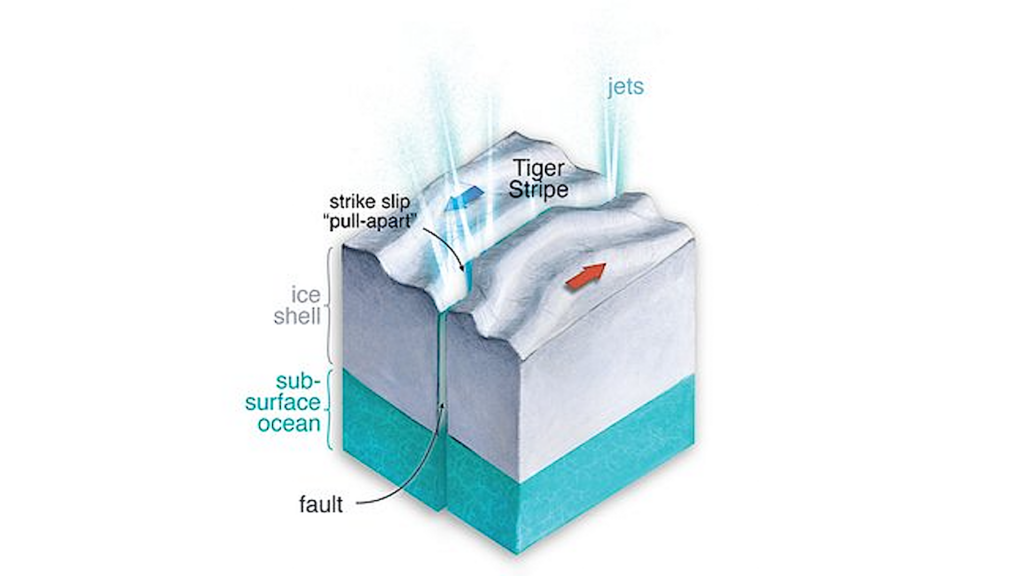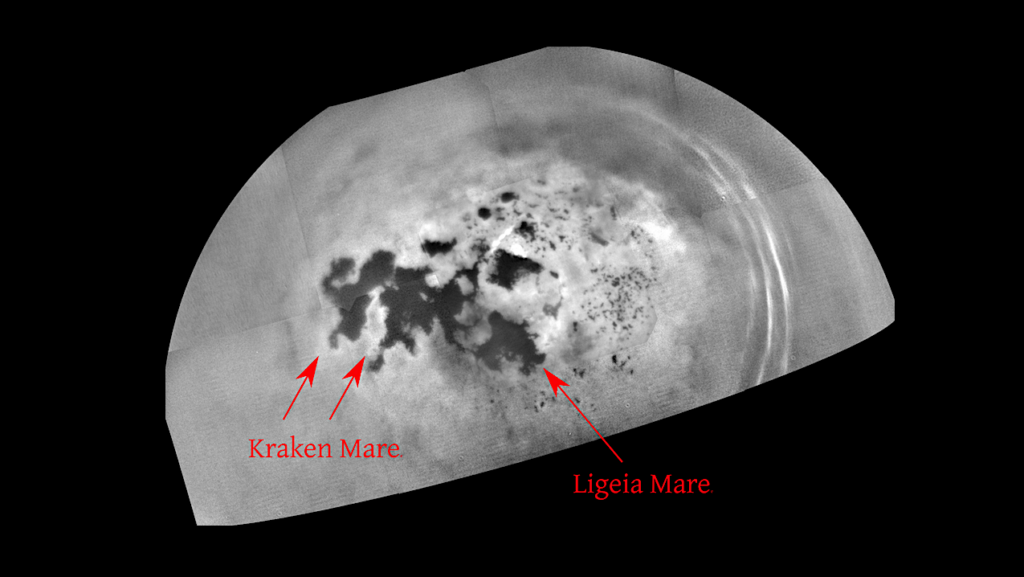The Rotation-tunneling Spectrum Of 3-hydroxypropenal And Confirmation Of Its Detection Toward IRAS 16293−2422 B
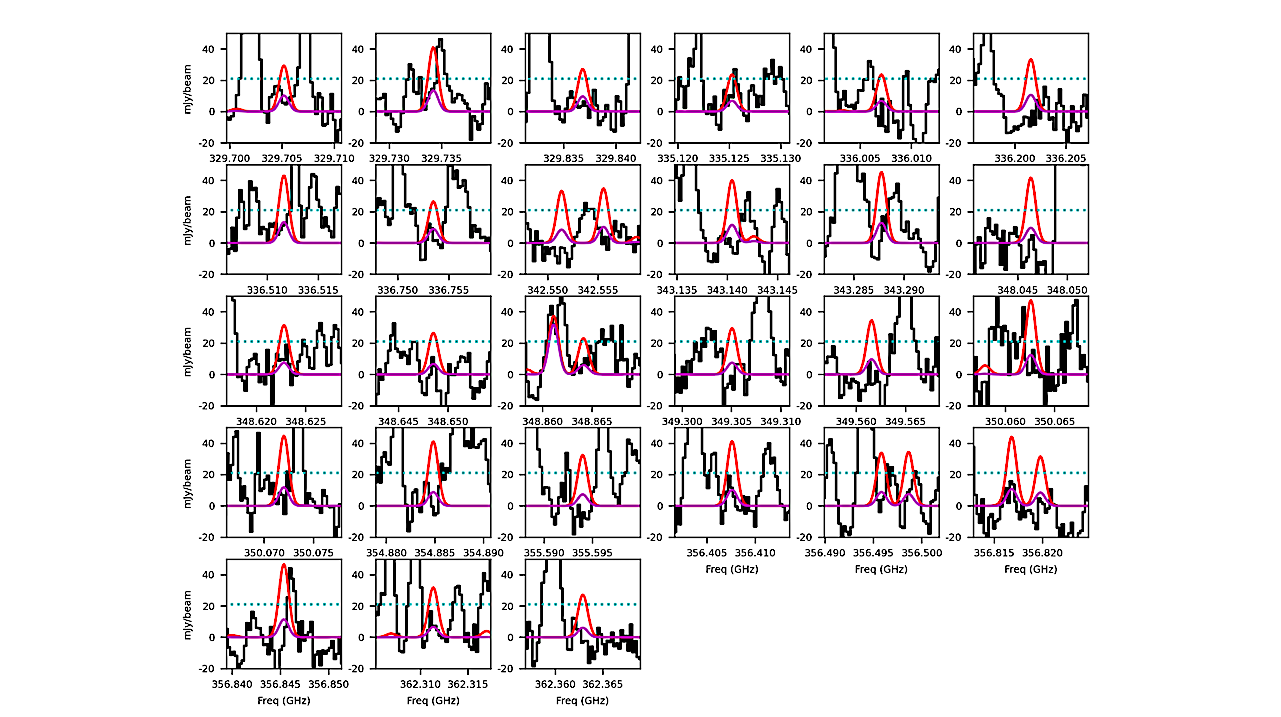
3-Hydroxypropenal (HOCHCHCHO) is the lower energy tautomer of malonaldehyde which displays a complex rotation-tunneling spectrum.
It was detected tentatively toward the solar-type protostar IRAS 16293−2422 B with ALMA in the framework of the Protostellar Interferometric Line Survey (PILS). Several transitions, however, had large residuals, preventing not only their detection, but also the excitation temperature of the species from being determined unambiguously.
We want to extend the existing rotational line list of 3-hydroxypropenal to shed more light on the recent observational results and to facilitate additional radio astronomical searches for this molecule. We analyzed the rotation-tunneling spectrum of 3-hydroxypropenal in the frequency regions between 150 and 330 GHz and between 400 and 660 GHz. Transitions were searched for in the PILS observations of IRAS 16293−2422. Local thermodynamic equilibrium (LTE) models were carried out and compared to the observations to constrain the excitation temperature.
Additional transitions were searched for in other ALMA archival data of the same source to confirm the presence of 3-hydroxypropenal. More than 11500 transitions were assigned in the course of our investigation with quantum numbers 2≤J≤100, Ka≤59, and Kc≤97, resulting in a greatly improved set of spectroscopic parameters. The comparison between the LTE models and the observations yields an excitation temperature of 125 K with a column density N=1.0×1015 cm−2 for this species.
We identified seven additional lines of 3-hydroxypropenal that show a good agreement with the model in the ALMA archive data. The calculated rotation-tunneling spectrum of 3-hydroxypropenal has sufficient accuracy for radio astronomical searches. The detection of 3-hydroxypropenal toward IRAS 16293−2422 B is now secure.
H. S. P. Müller, A. Coutens, J. K. Jørgensen, L. Margulès, R. A. Motiyenko, J.-C. Guillemin
Comments: 11 pages with figures, tables, and references. Abstract here slightly abbreviated. Accepted at Astron. Astrophys
Subjects: Astrophysics of Galaxies (astro-ph.GA); Solar and Stellar Astrophysics (astro-ph.SR); Chemical Physics (physics.chem-ph)
Cite as: arXiv:2405.01338 [astro-ph.GA] (or arXiv:2405.01338v1 [astro-ph.GA] for this version)
Submission history
From: Holger Müller
[v1] Thu, 2 May 2024 14:43:44 UTC (2,143 KB)
https://arxiv.org/abs/2405.01338
Astrobiology, astrochemistry,



